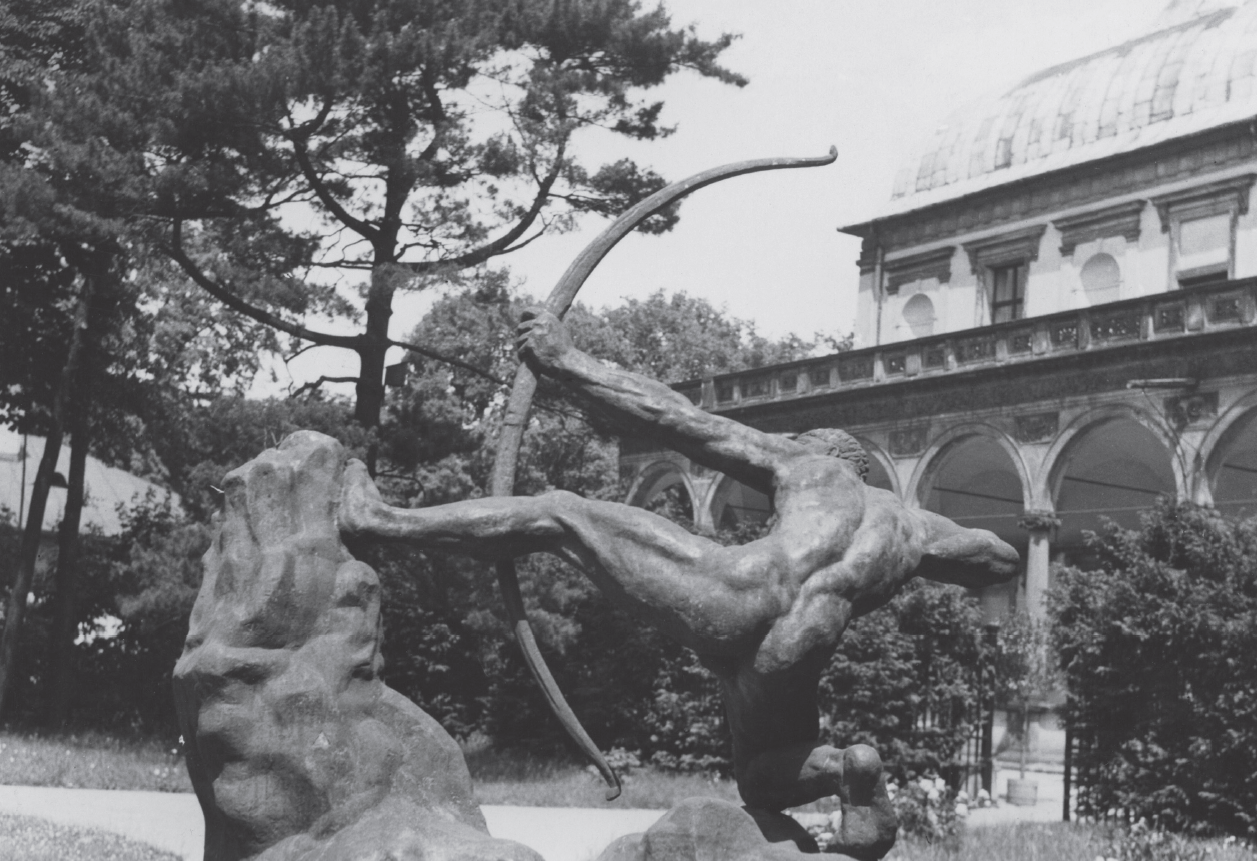We will commemorate the 160th birth anniversary of the
French sculptor Émile-Antoine Bourdelle (30 October 1861, Mantauban – 1 October 1929, Le Vésinet) with his Herakles the Archer (also known as Hercules the Archer), an iconic sculptural work portraying an
archer with an exaggerated physiognomy. After the sculpture was exhibited at
the Paris Salon, the art critic Charles Estienne wrote that Herakles the Archer was the most audacious and most easily remembered
sculpture of the Salon exhibitions of the past years. The evaluation was
congruent with the theory that Bourdelle passed on to his students – the form
of a work can supposedly be adapted in terms of shape and certain parts of it
emphasized using overstatement or deformation, should it be desirable to
attract the viewer’s attention with its expression. The large model of an
archer exists in several versions. The bronze statue in the holdings of the
National Gallery Prague differs from the other versions with the added reliefs
that depict Heracles fighting the Hydra of Lerna and slaying the Nemean Lion.
These were two tasks of the twelve labours that the mythological hero had to
fulfil in order to make up for his previous sins.




